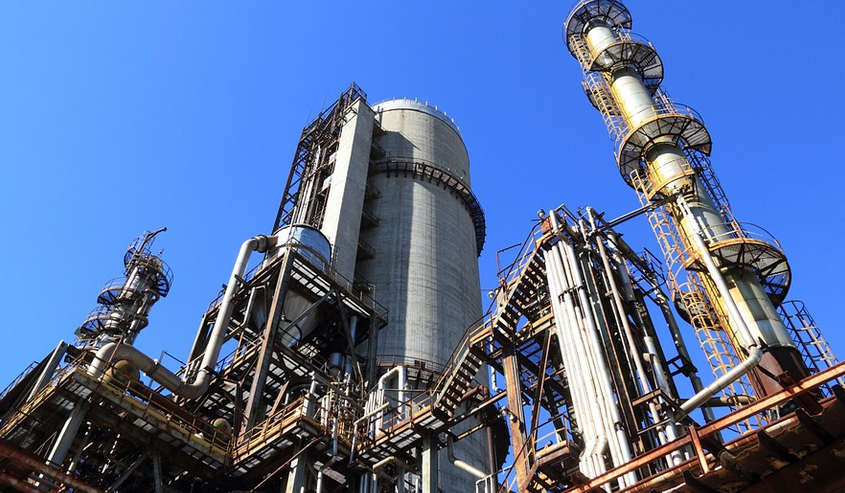Introduction
Bread is a staple food that is enjoyed by many across the globe. From the simple white bread to the more complex sourdough, the process of making bread involves different stages. One of these stages is the rising of the bread dough. In this article, we will explore the physical and chemical process of bread dough rising.
The Science of Bread Dough Rising
When bread dough is left to rise, it undergoes different physical and chemical changes. Yeast, which is added to the dough, feeds on the sugars present in the flour and produces carbon dioxide gas. This gas gets trapped in the gluten strands, causing the dough to rise.
During the process of rising, the gluten strands also undergo physical changes. They stretch and expand, creating a network that traps the gas produced by the yeast. This network gives the bread its structure and texture.
The Importance of Temperature
The temperature at which bread dough is left to rise plays a crucial role in the physical and chemical process. If the dough is left in a warm place, the yeast will produce more carbon dioxide gas, causing the dough to rise faster. However, if the dough is left in a cold place, the yeast will produce less gas, and the dough will rise slower.
The ideal temperature for bread dough rising is between 25°C to 30°C. At this temperature, the yeast will produce the right amount of gas, and the gluten strands will stretch and expand properly.
The Role of Salt
Salt is another important ingredient in bread-making that affects the rising process. Salt helps to regulate the activity of the yeast, preventing it from producing too much gas. It also strengthens the gluten strands, giving the bread a better structure and texture.
Tips for Perfect Bread Dough Rising
To achieve the perfect bread dough rising, here are some tips:
Use Fresh Yeast
Fresh yeast is more active than dry yeast, and it produces better results. If you are using dry yeast, make sure it is not expired.
Measure Ingredients Accurately
Measuring ingredients accurately ensures that the dough has the right balance of ingredients, which affects the rising process.
Give the Dough Enough Time to Rise
The amount of time required for dough rising depends on factors such as temperature, humidity, and altitude. It is essential to give the dough enough time to rise properly.
Don’t Overwork the Dough
Overworking the dough can break down the gluten strands, leading to a dense and tough bread. It is best to knead the dough until it is smooth and elastic.
Conclusion
Bread dough rising is a crucial stage in bread-making that involves physical and chemical changes. The right temperature, the use of fresh yeast, accurate measurements, and enough time are some of the factors that contribute to perfect bread dough rising. Understanding the science behind bread dough rising can help you make better bread and impress your family and friends.

